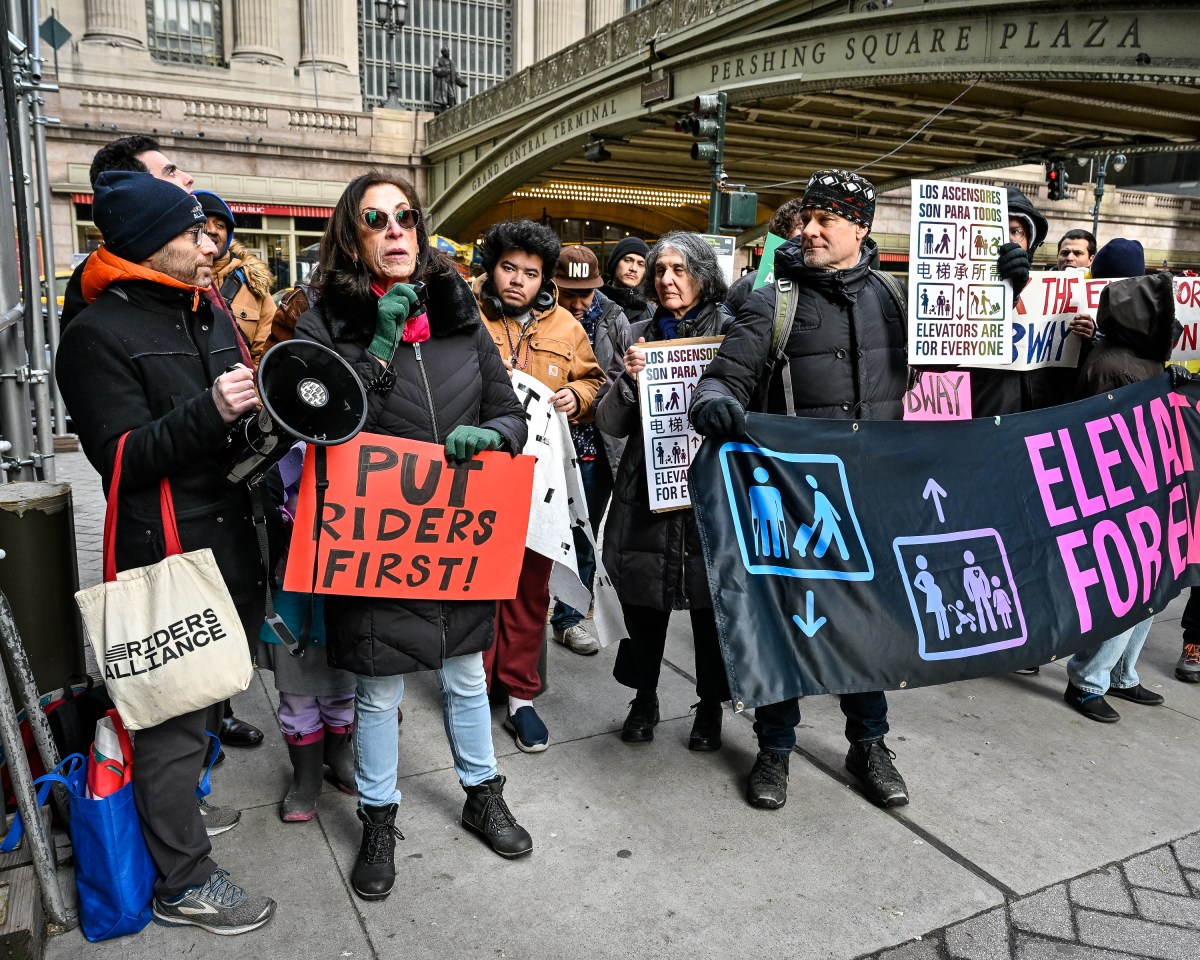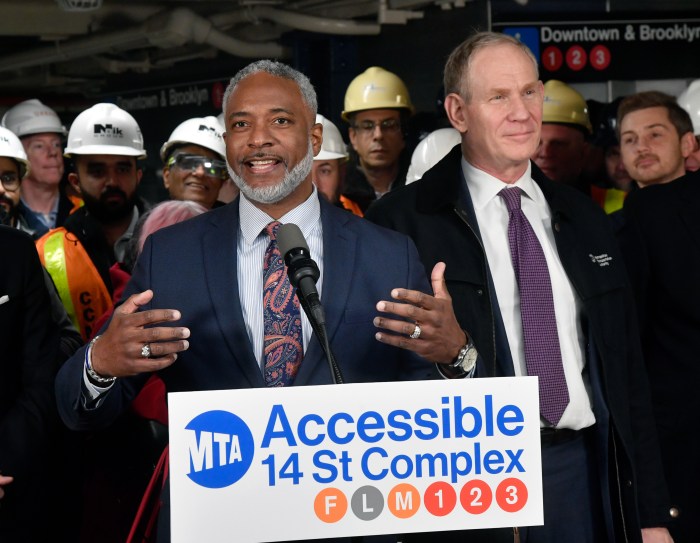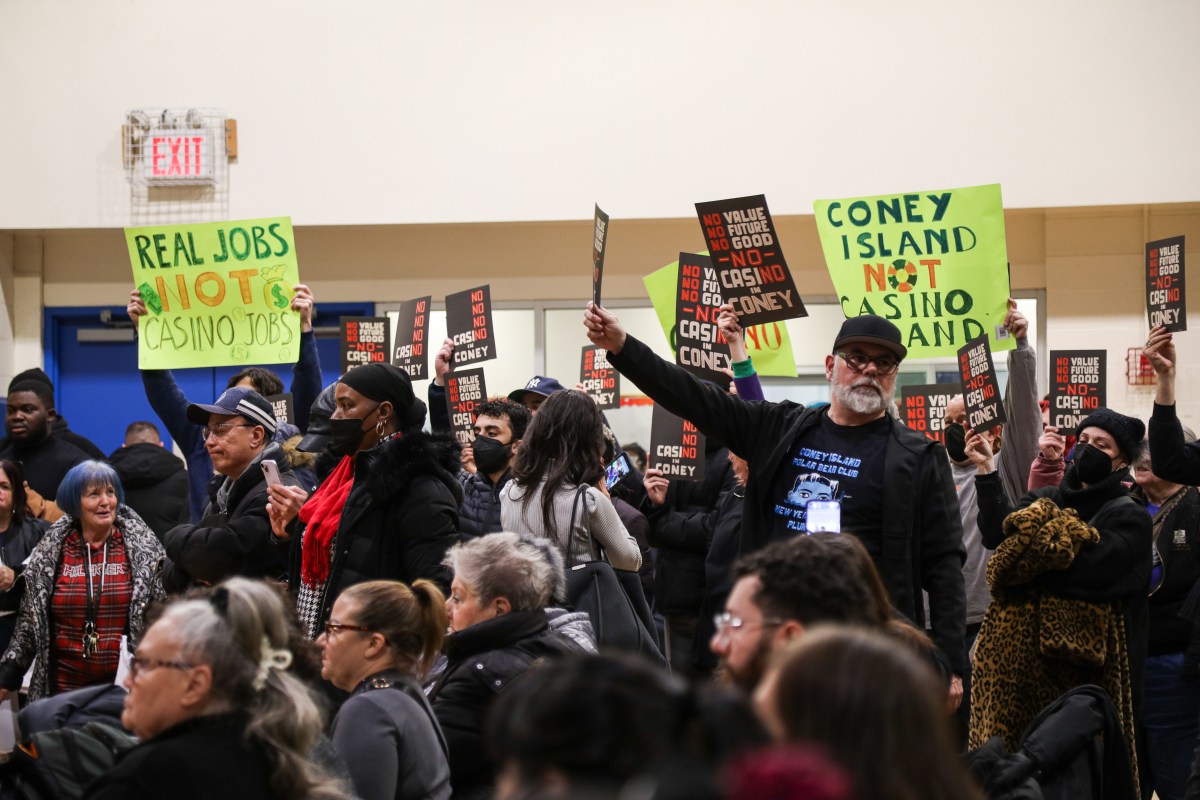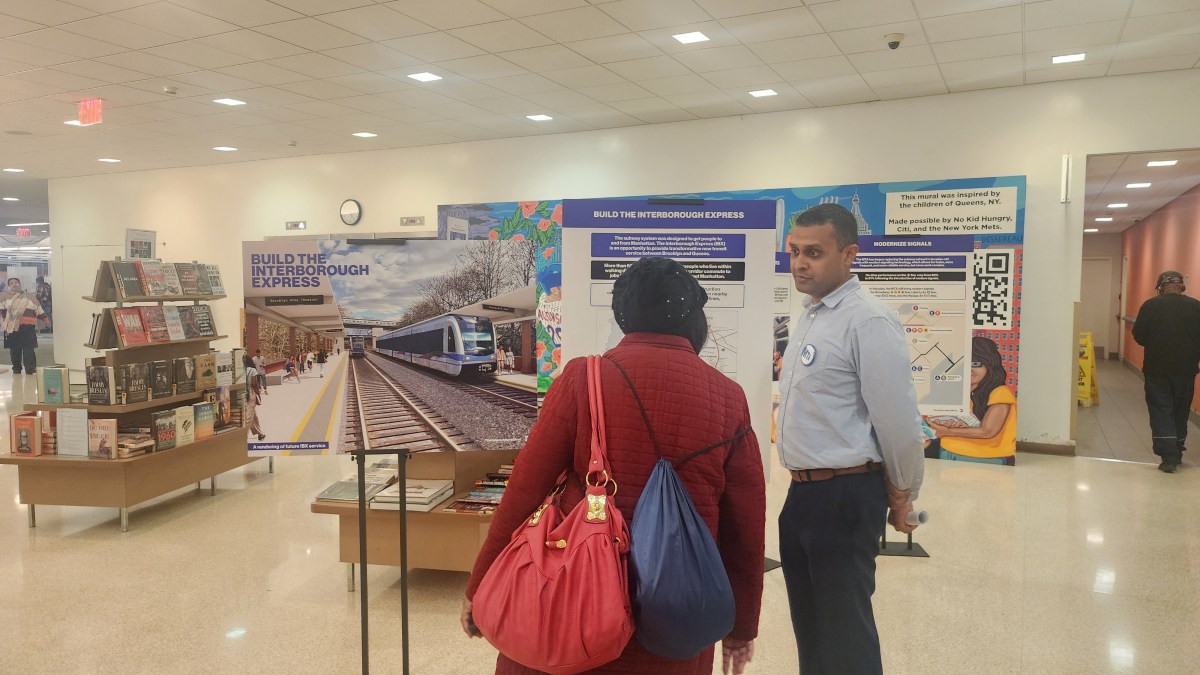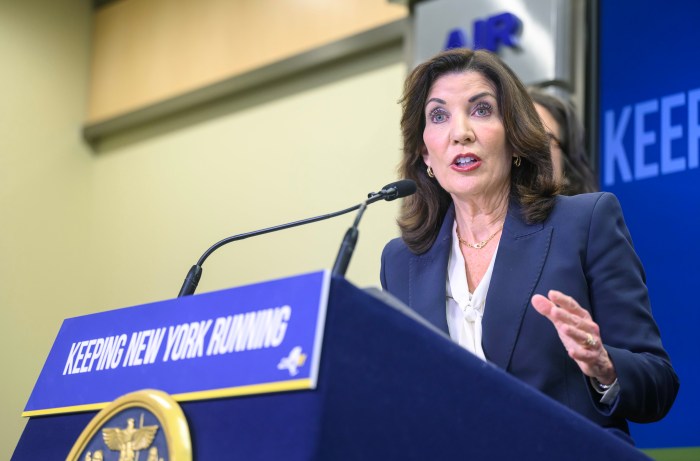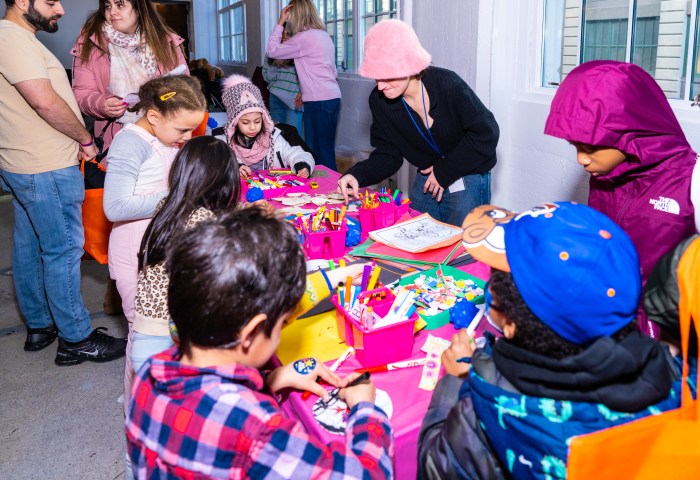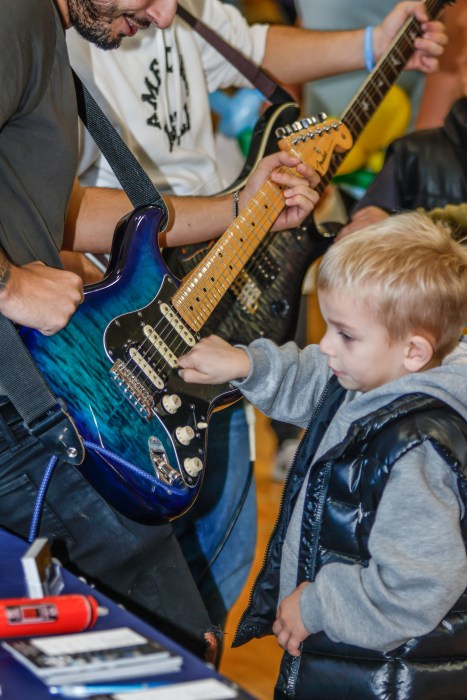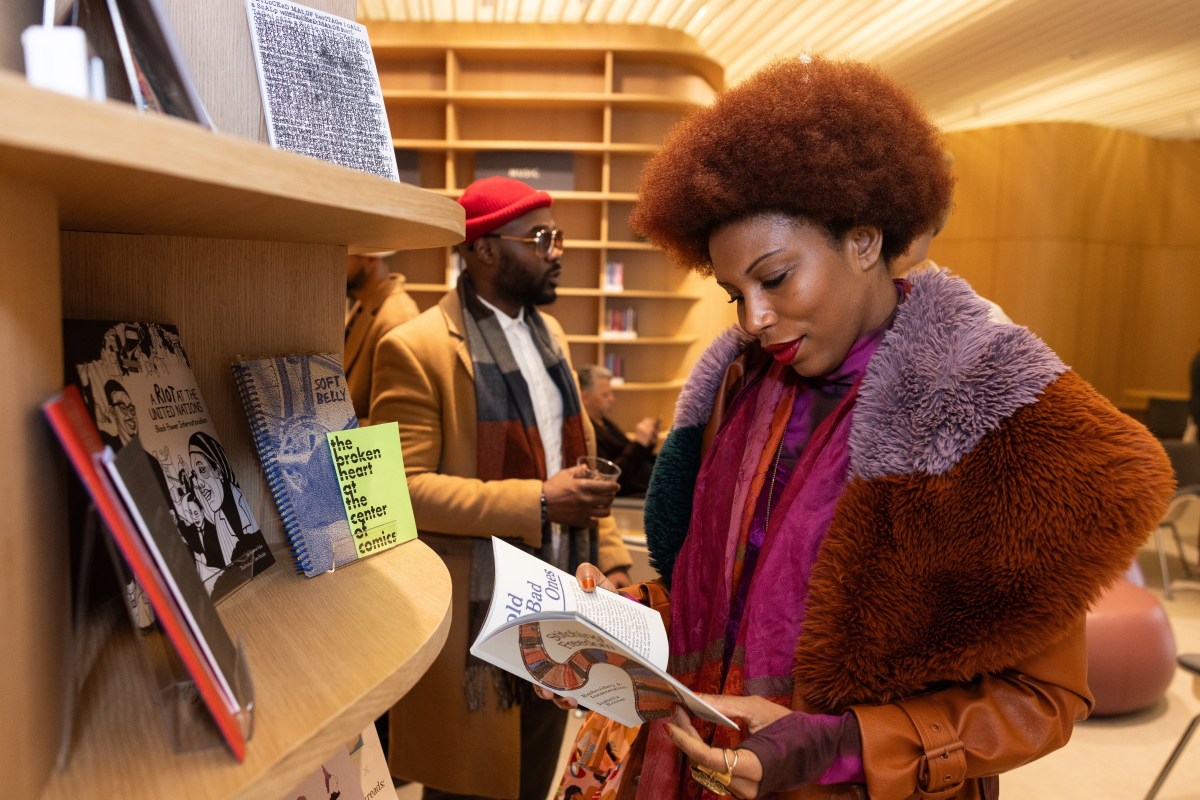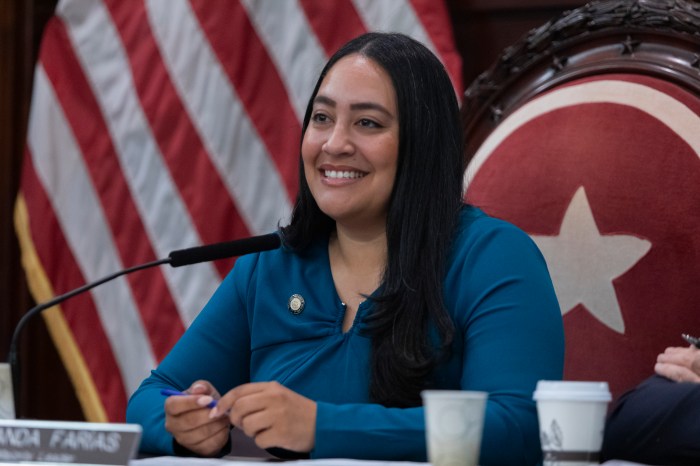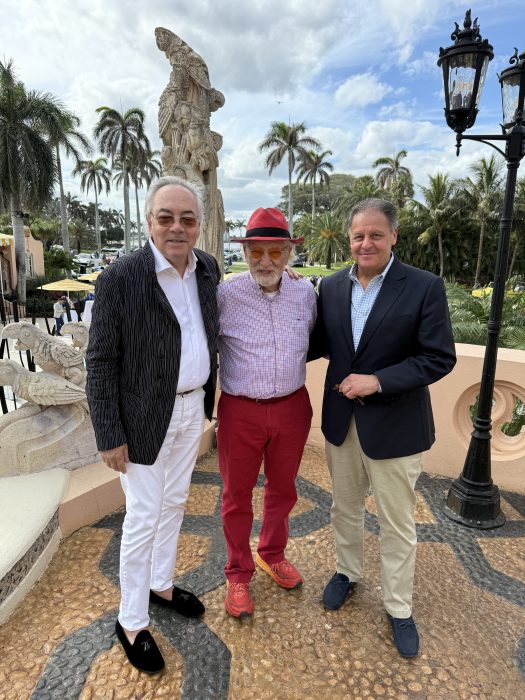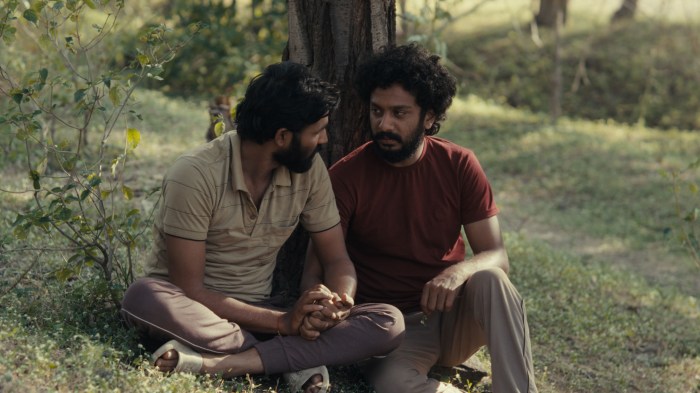A coalition of transit advocates, riders and elected officials gathered Sunday near Grand Central Terminal to demand that Gov. Kathy Hochul ensure the MTA capital program for transit improvements is funded in the new state budget.
On Jan. 21, Gov. Kathy Hochul unveiled her $252 billion budget for the 2026 fiscal year—the largest in state history. However, the governor has yet to find $33 billion in additional funding for the MTA’s 2025-2029 capital plan — or at least $2.2 billion in new annual recurring revenue to secure the plan’s future.
Even with congestion pricing tolls trickling in, the MTA faces major financial challenges in keeping one of the world’s oldest and busiest public transit systems, which includes 472 stations on 25 routes, spreading along 665 miles of track, rolling for over six million daily transit riders. The MTA has to modernize the subway system’s aging infrastructure because of years of disinvestment.
Updates include new signals on the A, J, N, Q, R, S, W, and Z subway lines, accessibility upgrades at 60 subway stations, replacing 2,000 outdated train cars from the ’70s and ’80s, and renewing the almost 100-year-old structure holding up Grand Central Terminal, which is on the verge of collapsing.

Danny Pearlstein, the Riders Alliance’s policy and communications director, pointed out that the MTA Capital program addressed decades of deferred maintenance.
“Albany has heard the governor’s executive budget, which at $252 billion so far, does not include funding for the MTA capital program, and experts have estimated that the program needs at least $2.2 billion in new recurring revenue in order to meet even this baseline level of needs,” Pearlstein said. “There’s been ample analysis of all of the myriad ways that the capital programs could be paid for, but we have the money, and we can afford it.”
Advocates pointed out that the capital plan would also positively impact the state’s economy because new buses and subway cars are built in factories in upstate New York, providing jobs for New Yorkers.
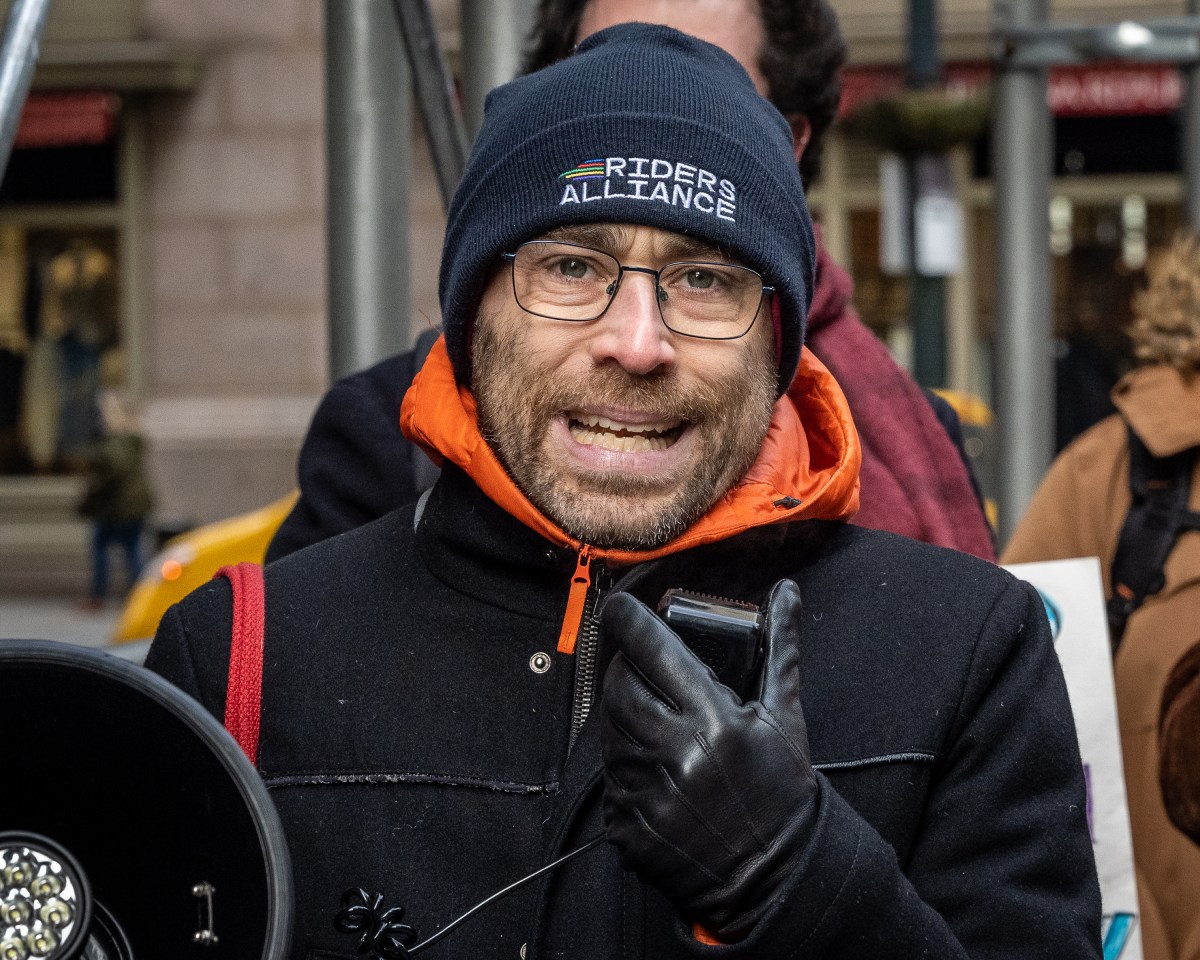
Rachael Fauss, senior policy advisor for Reinvent Albany, called the MTA Capital Program a “win-win” for New York State, generating revenue for the state.
“There is no better economic development program than funding the NTAS infrastructure. The 33 billion that is needed to fund this plan go directly to jobs across the entire state of New York,” Fauss said. “The billions of dollars that will fund the next capital plan will go back into New Yorkers pockets.”
State Senator Brad Hoylman-Sigal (D-Manhattan) addressed his colleagues in the legislature who live outside New York City and were “clutching their pearls” at the thought of funding the MTA.
“I say to them, your economy is dependent on a fully functioning mass transit system In New York City,” said Hoylman-Sigal, who is also running for Manhattan borough president. “This is about the economic engine for the entire region, and it is so important and incumbent on the legislature and our governor to make sure that we fill that $33 billion void.”
Assembly Member Tony Simone (D-Manhattan) said New York City’s public transit system should be “second to none,” investing more in public transportation in “transportation deserts” so working New Yorkers wouldn’t have to rely on their cars.
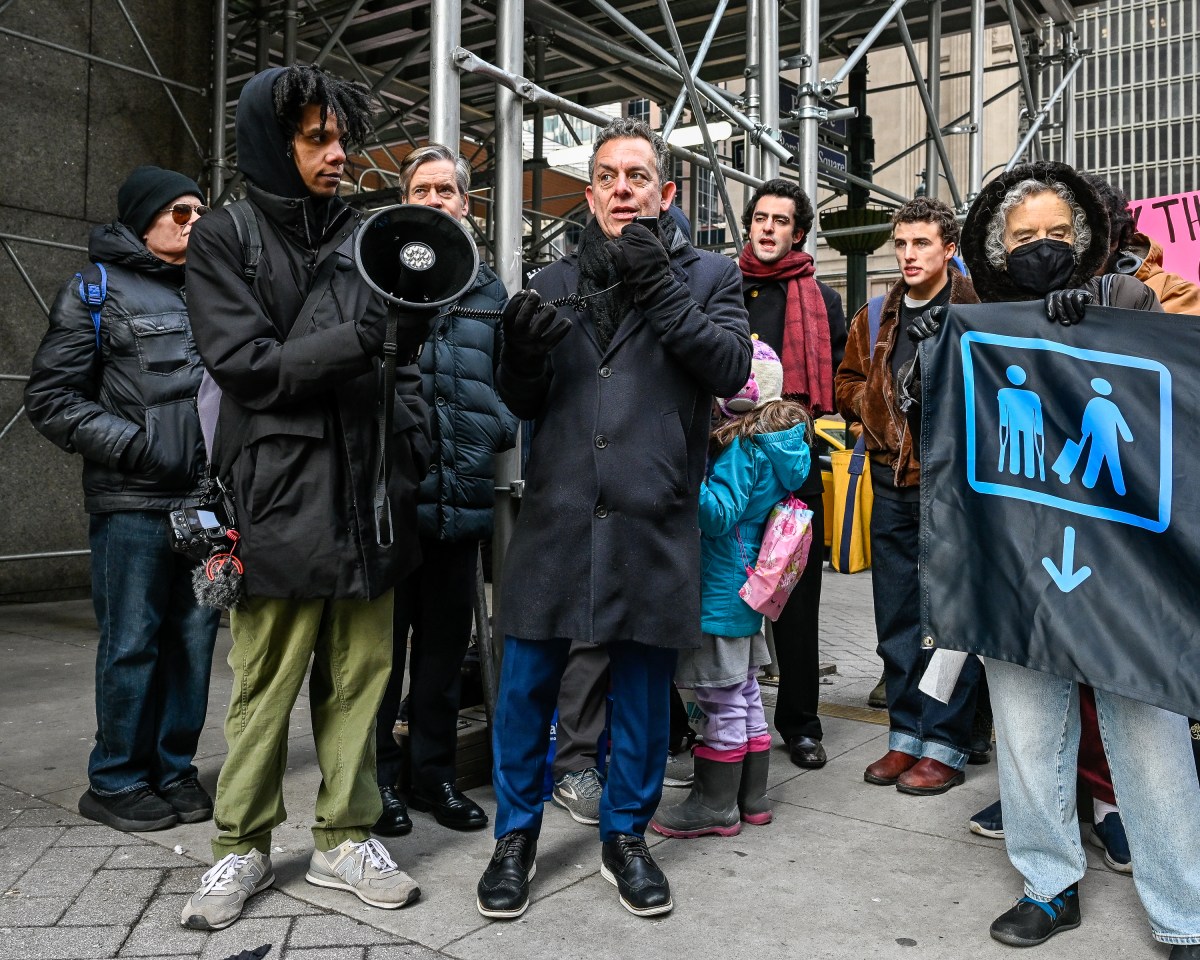
“A nurse should be able to get on a bus from the end of Queens [and travel] in a rapid manner to the other end of the five boroughs,” Simone said. “We spend billions of dollars and waste so much money on so many other things. We should have the best transit system in the world.”
Advocates also pointed out the MTA’s Capital Plan would ensure subway accessibility as promised in the MTA’s historic Americans with Disabilities Act settlement, which states that at least 345 subway stations have to be ADA-accessible by 2055. Currently, only one-quarter of New York City’s 472 subway stations are fully wheelchair-accessible -and the fewest are in low-income areas.
Justin Wood, director of policy for New York Lawyers for the Public Interest, said the lack of accessible subway stations was a shameful statistic for a global city transit system in 2025.
“Too often, people with limited mobility, or people with children, or people who need to haul things on the subway, need to meticulously plan every trip, budget substantial extra travel time, which can be exacerbated by general service problems and broken elevators,” Woods said.
Assemblymember Harvey Epstein (D-Manhattan) and NY Senator Jabari Brisport (D-Brooklyn) echoed Wood’s sentiment.
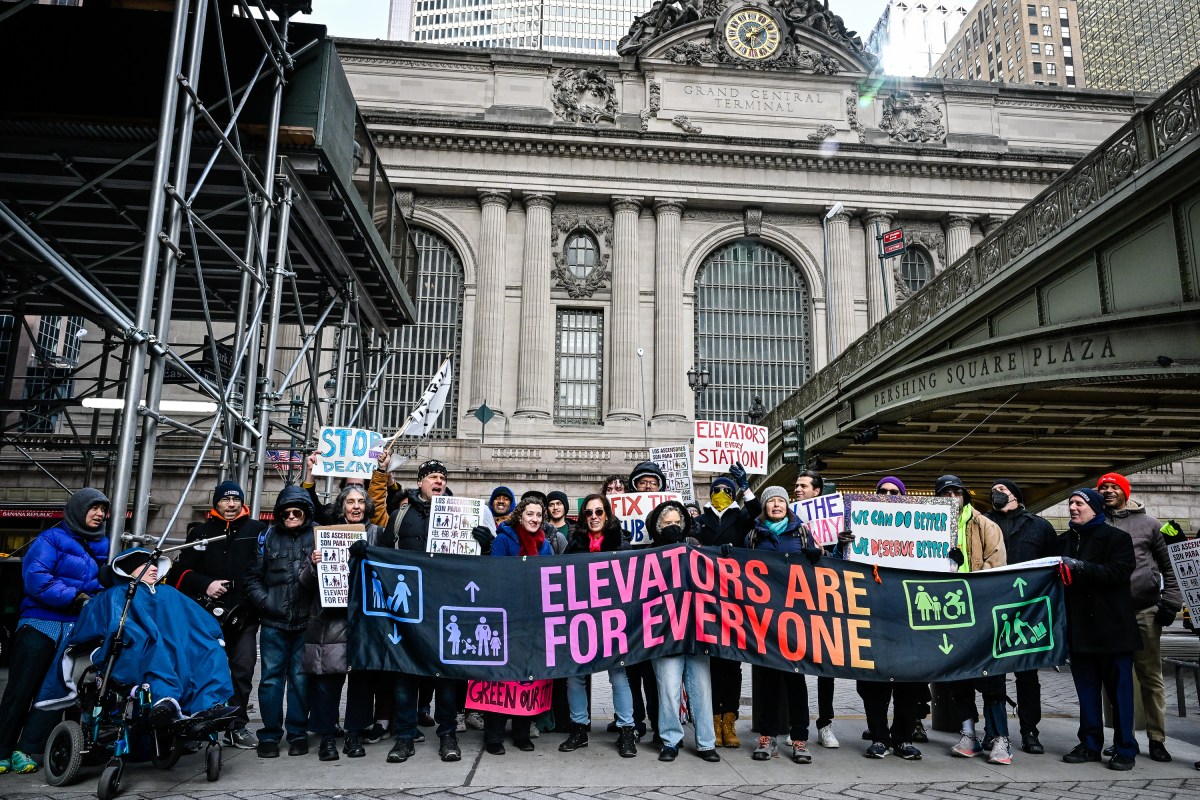
Epstein said a fully funded public transportation system would provide “transit equity.”
“I know this is such a critical time. We’re in the middle of a budget conversation, and we need to ensure that all elevators at every station across the city are accessible for all of us. How many times I talk to a constituent who says, ‘I can’t get on the subway because I don’t have accessibility,'” Epstein said.
Brisport encouraged the crowd to keep up the “fight” for public transportation funding.
“We have a budget now. We have a multi-billion dollar hole to fix. We deserve the best trains. We deserve elevators. We need quick service. We need all of it,” Brisport said.



